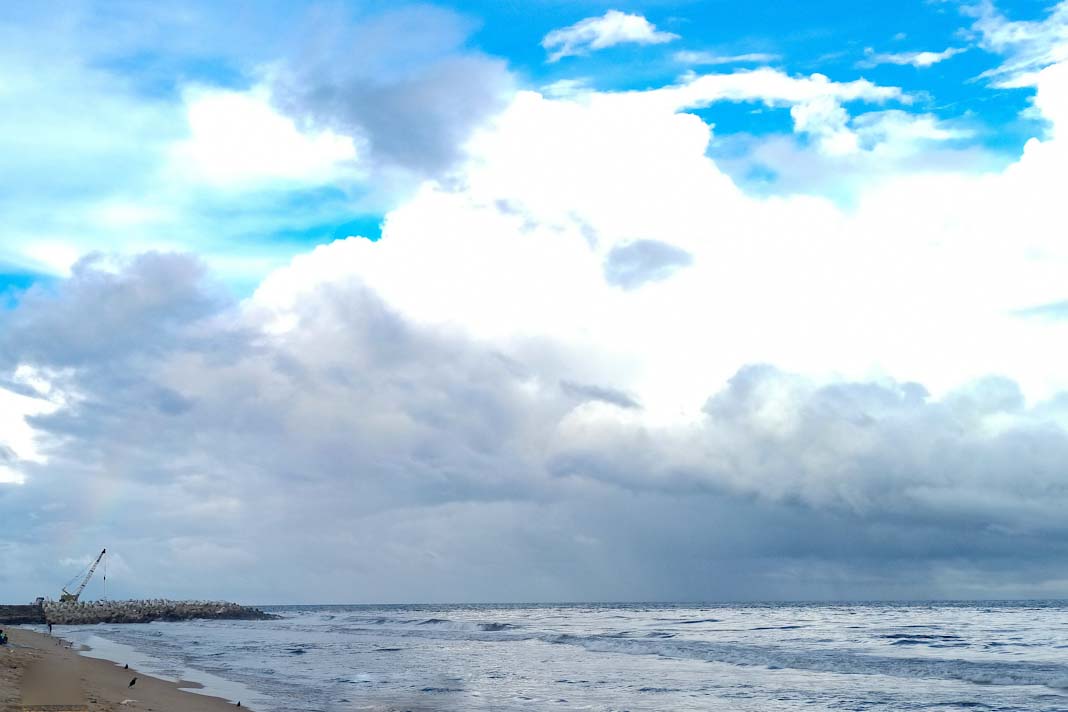 Container Terminal Tollerort (CTT)
Container Terminal Tollerort (CTT)
Braemar shipbrokers said it is expecting new orders for vessels as the ageing panamax fleet increases and carriers respond to new carbon regulations and look to reduce their exposure to an increasingly volatile charter market.
According to Braemar researcher Jonathan Roach, some 25% of the panamax fleet is currently over 20 years old, and that figure is set to increase to 40% by 2027.
“As container shipping progresses with decarbonisation, liner companies may want to own a larger share of their fleets, to control carbon taxes following increased CO2 regulations,” explained Roach.
Roach argues, “This swing displays that liner companies have focused investment on newbuildings over the past few years, reducing exposure to the charter market.”
Analyst Jon Monroe believes that the swing from chartered to owned tonnage could be crucial in the coming years, altering the structure of the supply side of the market, with carriers returning chartered tonnage and wresting greater control on costs and ultimately rates.
“As carriers strategically pivot to increase the proportion of owned vessels relative to chartered ones, the anticipated capacity surge in ocean shipping lines may be more subdued than expected. This shift in strategy could potentially lead to an increase in rates rather than a decrease,” said Monroe.
$300 million loss
That sentiment was brought into sharp relief with Hapag-Lloyd’s 2023 preliminary results, which saw a US$300 million loss in Q4 EBIT, with year-on-year EBIT falling US$25.7 billion to US$2.7 billion on similar volumes, as average freight rates plummeted 48%.
Moreover, Wadey points out that it is not a given that chartered vessels will be more expensive to operate than owned vessels.
Vessels in the current orderbook were ordered at elevated prices, said Wadey, “it’s market economics again as, over this period, demand was outstripping supply – and will therefore have similarly elevated finance costs.”
Reducing charter rates
Charterers are also subject to the same market economics as owners and will reduce their charter rates accordingly to secure employment for their vessels, he added.
Wadey concludes, that in the post-financial crisis market, “There was the incongruous situation of carriers laying up owned tonnage in favour of operating chartered units.”
Did you subscribe to our daily newsletter?
It’s Free! Click here to Subscribe
Source : Container news
















